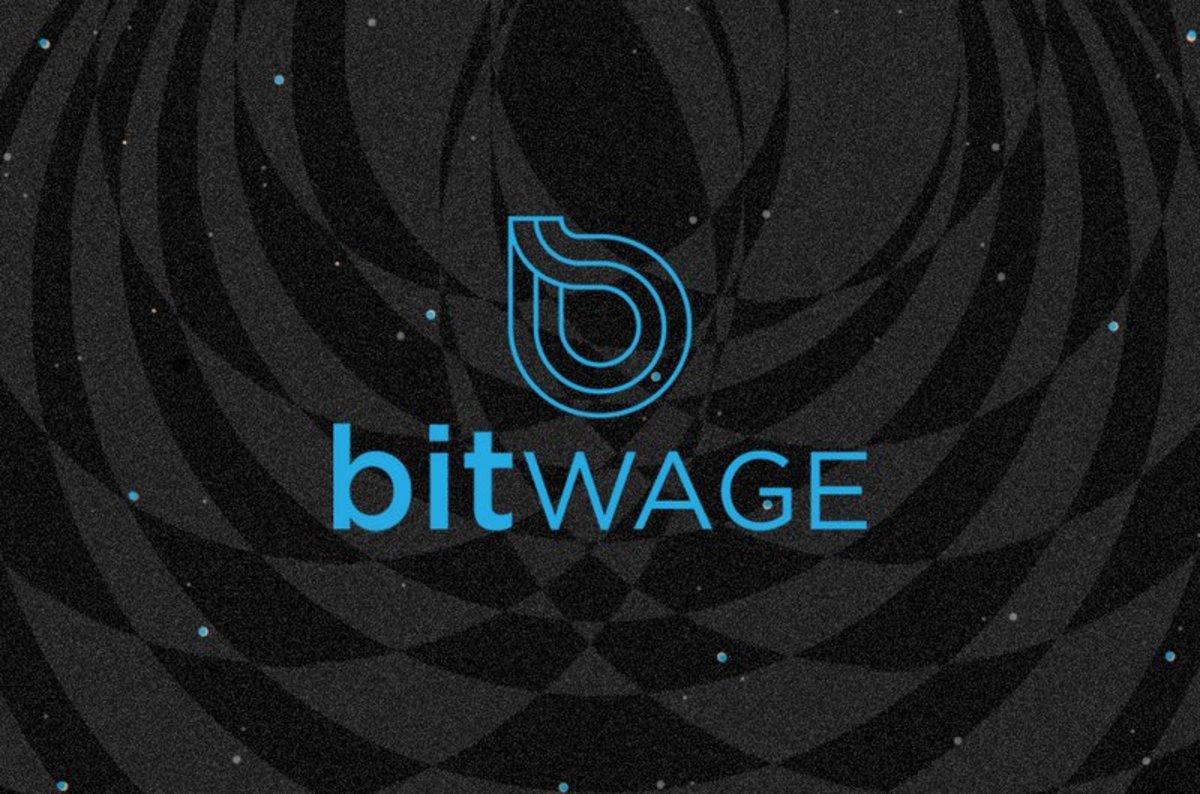Here in the real world, financial privacy is considered holy. Consumers and businesses strive to keep a very close lid on their finances, rarely letting anyone know how much money they earn or what they’re spending it on. The only people who can access our financial data and see our transactions are select third parties, such as our banks and credit rating agencies, who need to check to establish our creditworthiness.
People like their financial privacy because they don’t want to become targets for criminals. They also don’t want to be harassed. If everyone knows that you possess wealth, you’ll gain the attention of many folks you’d rather not have.
So, as the world moves to embrace this promising new concept of Web3 and decentralized finance, we will need to do something about its absolute lack of privacy.
Blockchain’s Transparency Problem
Much of the innovations around Web3 to date have occurred on the client side, with wallets like Metamask that can plug into the web browser to enable transaction convenience. While Web3 is often viewed as some groundbreaking new technology that will transform our lives in ways we haven’t yet imagined, it’s still only accessible via a legacy technology — the humble browser.
MetaMask is essentially just a browser wallet (albeit a very clever one) that opens the door to many possibilities by introducing a new user interface paradigm. With it, any website, application or metaverse can trigger actions within your crypto wallet, which is embedded directly within the web browser. It’s a simple concept, but it’s also incredibly convenient. With it, we can log in to websites and services and send money with a simple click.
There’s no longer a need to fill out forms or provide credit card details each time. Web3 users can spend money as easily as they do in the real world. They can don a virtual reality set, stroll into a metaverse-based art gallery and snap up whatever NFT designs they want with the click of a button. Or else, visit a DeFi exchange and instantly deposit one token to take out a loan in the form of another.
Simple, convenient transactions are one of the founding characteristics shaping the idea of Web3, but they have a significant downside. Most cryptocurrencies are hosted on public ledgers — or blockchains — and anyone can see the transactions. For instance, if someone uses their Ethereum wallet address to log in to a website with MetaMask, this website can then know every transaction that person has ever made.
It’s a bit like someone showing an ID to get into a nightclub and then disclosing all of the financial transactions they’ve ever made — and will make in the future — to that establishment.
We’ve already seen great enthusiasm from those trying to take advantage of blockchain’s transparency. The primary example is the practice of front-running, where a malicious person can take advantage of someone after seeing them make a transaction on the blockchain.
Unless a solution to this problem of blockchain transparency is found, it seems unlikely that the metaverse or DeFi will ever go mainstream. If there’s no privacy with Web3 transactions, most users may continue to reject the solutions that cryptocurrency and blockchain bring us.
Giving Power To The People
What is encouraging is that there are numerous projects currently working to bring privacy to blockchain transactions. One of the most promising is Manta Network, which has created a protocol based on the Substrate framework that relies on a privacy-preserving technique known as zkSNARKS.
This allows it to obfuscate the wallet IDs and amounts in any transaction while sharing unique cryptographic proof of the transaction’s validity. Manta’s protocol is built atop the Polkadot blockchain, which means it’s compatible with multiple “parachains” that host different blockchain projects within that ecosystem.
Manta’s protocol can protect against front-running attacks and other privacy exploits because the transaction details are entirely hidden from miners, network validators and anyone else who might be in a position to leverage that information for their benefit.
There are several projects all aiming to solve the problems around Web3 privacy, including the likes of Secret Network, Phala and Aleo. The common factor with each of these projects is they’re attempting to build Web3 privacy that mirrors the confidentiality of the traditional financial system.
Such projects are not to be confused with privacy coins such as Zcash and Monero, which aim to provide blanket privacy over the entire blockchain ecosystem. Manta co-founder Kenny Li has previously warned of the need for “optionality of privacy,” which refers to the need for people to choose what’s kept private and what is not. Full-blown privacy may not always be the best thing.
It’s for this reason that a privacy infrastructure is preferable to the idea of privacy coins. The transactional privacy provided by privacy coins is narrow. What projects like Manta and Secret Network are building is more akin to programmable privacy, which offers greater flexibility to developers, so they can create more complex, decentralized applications that provide data privacy with significant implications for users.
With a privacy infrastructure, users can take control of their data and even choose to sell it to brands and advertisers. This is in stark contrast to the extremes of a typical blockchain, which exposes all data by default, or a privacy coin such as Monero that takes a scattergun approach and obscures it all.
Given what’s at stake, it’s clear that user privacy will be vital for both the adoption and security of Web3. The only solution is to build a decentralized privacy infrastructure that enables flexibility and control. Without it, Web3 won’t be able to deliver on one of its key goals of giving power back to the people.
Tomer Warschauer Nuni is CMO @Kryptomon, a serial entrepreneur and investor focused on the innovative blockchain and NFT gaming industry.
This article was published through Cointelegraph Innovation Circle, a vetted organization of senior executives and experts in the blockchain technology industry who are building the future through the power of connections, collaboration and thought leadership. Opinions expressed do not necessarily reflect those of Cointelegraph.
Learn more about Cointelegraph Innovation Circle and see if you qualify to join











